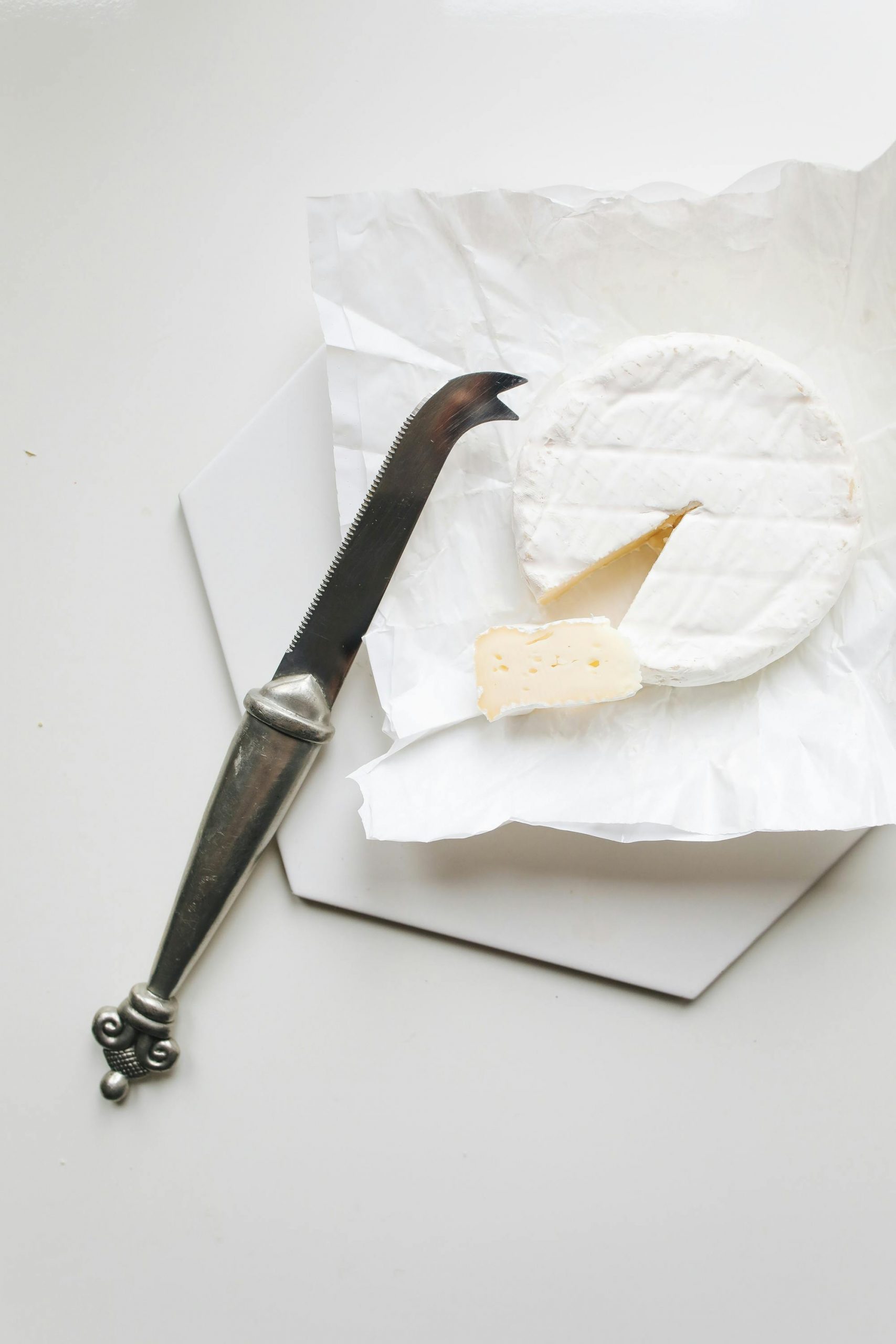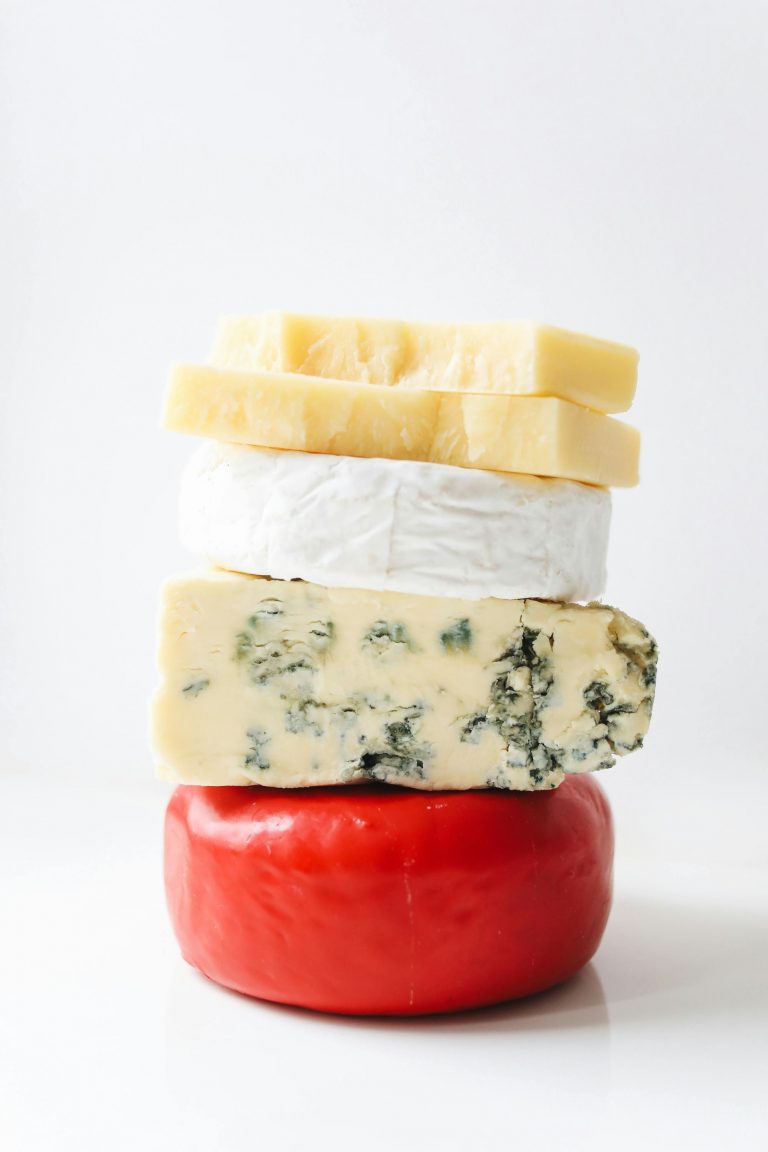No more dry edges, sweaty plastic, or blue-green mould creeping in. Get the best out of your cheese, whether it’s an extra-mature chunk of cheddar or a wedge of soft creamy gorgonzola, by storing it properly.
Cheese, in all honesty, is alive. It’s a beautiful process of preservation that deserves some extra loving care after it’s been bought from the store. Find the best storing methods for a range of cheeses below, plus what to do with the random bits leftover in the back of your fridge.
How to store cheese properly
Cheese, much like sourdough starter, is alive. It might not need regular feedings, but it does need oxygen and humidity to stay fresh and taste its best. The way you store certain cheeses really does matter. You shouldn’t just keep it in its original packaging or throw it into any old container.
But don’t worry, we’ve broken it down for you:
- First things first: Check the dates first before buying that cheese chunk from the store and choose ones that still have 2 to 3 weeks of life left (or shop at your local cheese shop, which does it for you)
- Different cheeses not only have different textures and flavours, but they also need specific packaging
- Hard, aged cheeses: First wrap in cheese paper (it’s a real thing) or wax paper and then in a plastic ziplock bag (make sure to leave a good amount of air in the bag for your newly-wrapped cheese to breathe)
- Blue and semi-hard cheeses: Can be kept in a container for a few days (open the container every other day to provide fresh air) or wrapped in plastic for a few weeks
- Softer cheeses: Should not be wrapped tightly at all (the softer the cheese, the more humidity and air it needs), but can be kept in a container or bell jar in the fridge
- Fresh cheeses (like feta, ricotta, and burrata): Keep stored in their original packaging with their brine or water (contact with the air will change the texture and taste for the worse and expose it to nasty bacteria)
- Have a dedicated drawer or cheese box: Make sure it’s sealed off from other foods in your fridge to avoid smells or flavour transfers (we all know that those stinky cheeses take control of all foodstuffs if left out)
- Store cheese in the fridge: The best temperature to store cheese (and many other foods) is between 4ºC and 11ºC
- Leave cheeses at room temperature before serving: 30 minutes to a couple of hours should do, any longer and your cheese is at risk of contamination by nasty bacteria and other microorganisms (especially during the warmer months)
Can you freeze cheese?
Although the fridge is the best place to store cheese, what about the freezer? We get it, there was an amazing special on cheese at the store or bulk grocery shopping is your secret weapon.
Keep to these freezing tips to get the most out of your cheeses:
- Cheeses that can be frozen include: Mature cheddar, gouda, grating or melting cheeses like mozarella
- Cheeses that can’t be frozen include: Fresh and soft cheeses like ricotta and brie
- Don’t freeze cheese for longer than 3 months
- Freeze cheese in it’s original packaging or in ziplock bags
- Thaw frozen cheese in the fridge or use directly from frozen (like grating or melting)
- Use defrosted cheese within 3 days
How long does cheese last?

The go to rule is the firmer the cheese, the longer it lasts, the softer the cheese, the quicker it can go off. If you’ve stored cheese properly, then these dates are pretty accurate:
- Fresh cheeses (like ricotta): Consume within 1 to 3 days (unless it’s stored in brine like mozzarella balls or feta, that lasts up to 1 month)
- Rind cheeses (like camembert or brie): Lasts 5 to 10 days (depending on its ripeness/expiration date)
- Washed rind cheeses (like taleggio): Lasts for up to 1 to 2 weeks
- Aged cheeses (like gruyere): Lasts 3 to 6 weeks
- Blue cheeses (like stilton): Lasts 1 to 2 weeks
What to do with leftover bits of cheese
Save those random chunks of cheese (they’re worth every penny). Use them in the following ways:
- To make a cheese sauce
- A mixed cheese toasty (and use up random chunks in one go)
- To make cheese scones or muffins
- As a flavour base for soup (parmesan chunks and rinds are the best for this)
- Create a leftover cheese container, store in the freezer, and use when you’ve collected enough
Also See: Creamy cheese stack with Port syrup, dried figs and pecan nut brittle
Creamy cheese stack with Port syrup, dried figs and pecan nut brittle

